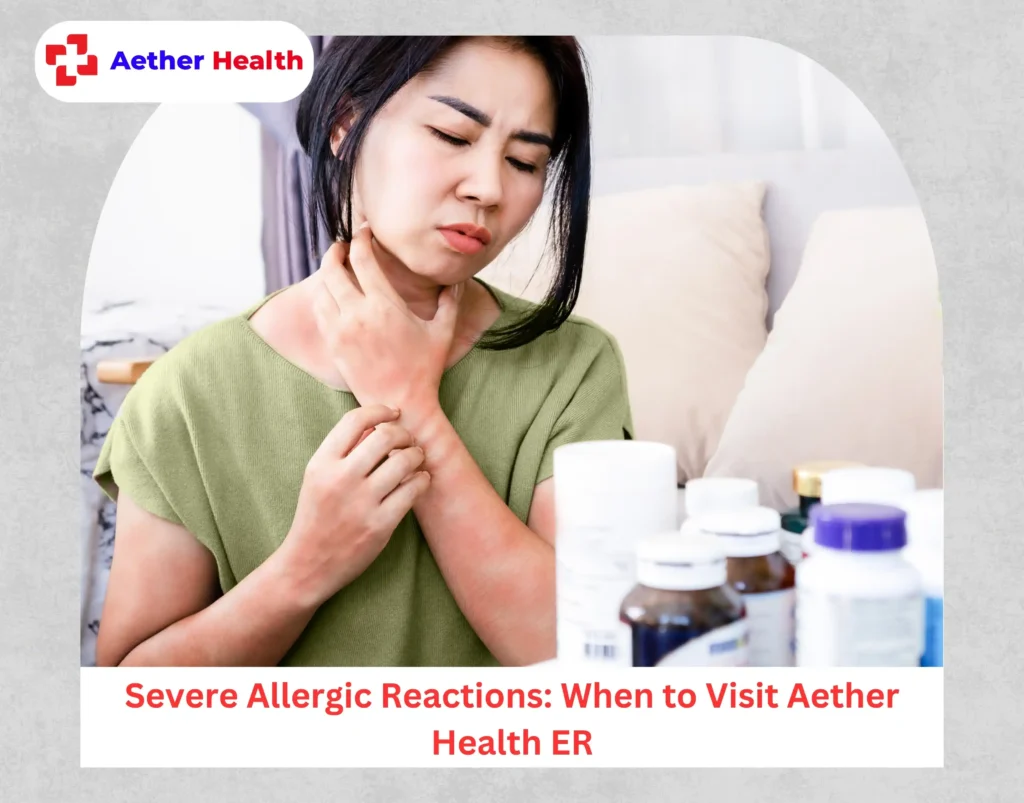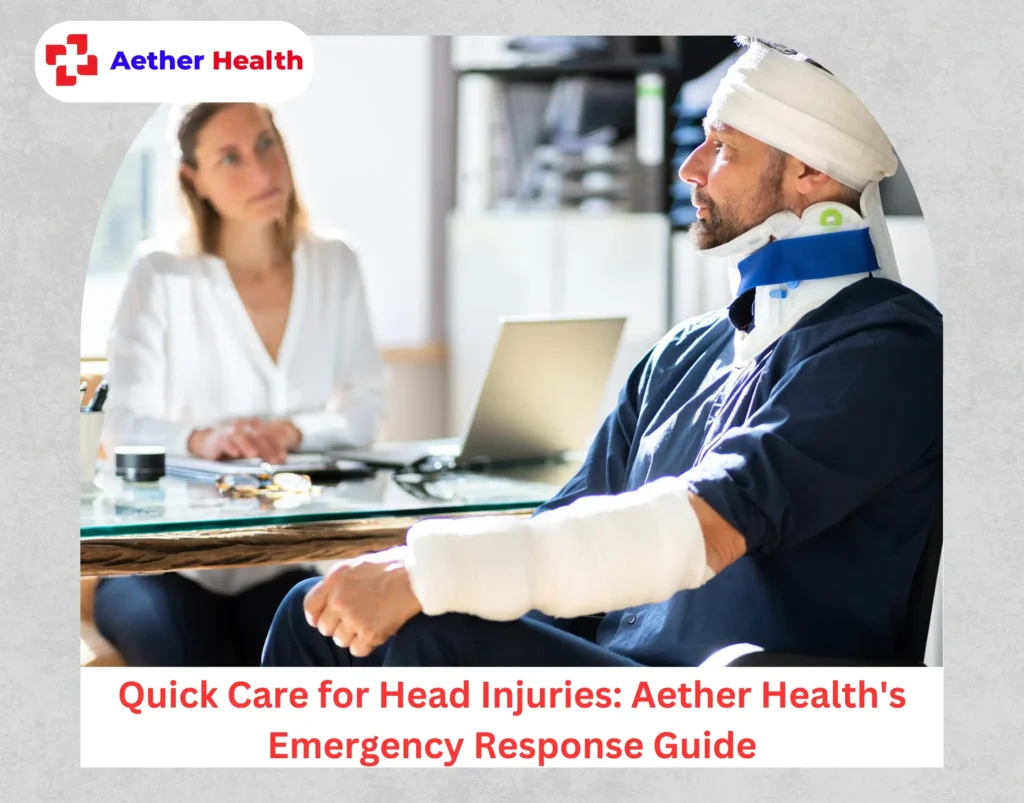The human papillomavirus (HPV) is one of the most common viruses affecting both men and women worldwide. With over 100 different types, HPV can cause a range of health issues, from harmless skin warts to serious health conditions like cervical cancer. Due to its association with sexual transmission, many people wonder, “Is HPV considered an STD?”
In this article, we will explore the nature of STD and HPV, its transmission methods, the symptoms, and how you can protect yourself. We’ll also discuss the available treatments and what steps you should take if you think you have HPV.
Is HPV considered an STD?

Yes, HPV is considered a sexually transmitted disease (STD). While HPV can spread in non-sexual ways, it is most commonly transmitted through sexual contact. This includes vaginal, anal, and oral sex, as well as intimate skin-to-skin contact.
HPV is the most prevalent STD in the United States and worldwide, and anyone who is sexually active can get it, regardless of gender, age, or sexual orientation. Because of its common transmission method, HPV is categorized as an STD, although it may spread in other ways as well.
How common is HPV?
HPV is incredibly common, affecting millions of people every year. The Centers for Disease Control and Prevention (CDC) estimates that nearly 80 million people in the United States are currently infected with HPV, with around 14 million new infections annually. Most sexually active individuals will contract HPV at some point in their lives, often without knowing it due to a lack of symptoms.
What are the different types of HPV?
There are over 100 types of human papillomavirus (HPV), and they fall into two main categories based on the health risks they pose: low-risk HPV types and high-risk HPV types. Each type is unique in the way it affects the body, and understanding the differences between them can help people take appropriate precautions.
Low-risk HPV types
These types are generally considered harmless, as they are not linked to cancer. Low-risk HPV strains often cause skin warts, which can appear on different parts of the body, including the hands, feet, and genital area. The most common low-risk strains are HPV types 6 and 11, which are responsible for around 90% of genital wart cases.
Though they may cause discomfort or embarrassment, these warts are usually treatable with medication or minor medical procedures. Low-risk HPV strains don’t pose a significant threat to long-term health, but they can still be spread through skin-to-skin contact and should be managed appropriately to prevent transmission.
High-risk HPV types
These strains are associated with a higher risk of cancer and are, therefore, more concerning. The high-risk types most commonly linked to cancer are HPV 16 and HPV 18, which together account for around 70% of all cervical cancer cases. High-risk strains can cause abnormal cell growth in various parts of the body, particularly the cervix, vagina, vulva, penis, anus, and throat.
If left untreated, these cell changes can progress to cancer over time. While high-risk HPV infections often clear on their own, persistent infections pose a significant risk, and regular screenings, such as Pap tests and HPV tests, are essential for early detection and management of any potential issues.
Can you get HPV without sexual contact?

While HPV is typically spread through sexual contact, it can sometimes be transmitted in non-sexual ways, though this is less common.
Here are some of the ways HPV can spread outside of sexual contact:
- Skin-to-skin contact: In rare cases, HPV can be spread through close, non-sexual skin-to-skin contact.
- Shared objects: Using towels, razors, or other personal items that an infected person has used can theoretically spread HPV, although this is not common.
- From mother to child during childbirth: Some babies can contract HPV during childbirth if their mother is infected, which may lead to respiratory papillomatosis in infants.
What are the symptoms of HPV?
Many people with HPV don’t experience any symptoms, which can make it difficult to know if you’re infected.
However, when symptoms do occur, they often include:
Genital warts
These are small, fleshy growths that appear on the genital areas, such as the penis, scrotum, vulva, vagina, and around the anus. In some cases, they can also appear in the mouth or throat, particularly if the virus has been transmitted through oral contact. Genital warts (HPV on vagina) vary in appearance, often forming as single bumps or clusters that are flat, raised, or shaped like tiny cauliflower-like growths.
Genital warts are most commonly associated with low-risk HPV types, such as HPV 6 and HPV 11. While they are not usually painful, they may cause itching, discomfort, or psychological distress due to their appearance.
Skin warts
Beyond the genital area, certain types of HPV can cause warts on other parts of the body. These may appear as common warts on the hands and fingers, plantar warts on the feet, and flat warts on the face or legs.
Although they are benign and not linked to cancer, they can be uncomfortable or cosmetically concerning. Skin warts are usually caused by different low-risk HPV types, distinct from those that lead to genital warts. These warts are spread through direct contact with the wart itself or indirectly through surfaces or objects that have come into contact with an infected area.
No symptoms
In most cases, people with HPV experience no noticeable symptoms. This is particularly true for high-risk strains like HPV 16 and 18, which can lead to cellular changes that may only be detected through medical tests, such as Pap smears or HPV DNA tests. Without symptoms, individuals can carry and spread the virus without realizing it.
Fortunately, in many cases, the immune system can clear the infection within one to two years without any lasting effects. However, persistent infections, particularly with high-risk types, can lead to precancerous changes or cancer over time if not detected and managed early.
Can HPV cause health complications?
Yes, HPV can cause serious health complications, especially if it’s a high-risk strain.
High-risk HPV strains can lead to various cancers, particularly:
Cervical cancer
This is the most common HPV-related cancer, often caused by high-risk HPV strains.
Other cancers
HPV has also been linked to cancers of the vagina, vulva, anus, penis, and throat.
How can you protect yourself from HPV?
Taking steps to protect yourself from HPV can significantly reduce your risk of infection.
Here are some effective prevention methods:
Vaccination
The HPV vaccine is highly effective and recommended for both boys and girls, ideally before they become sexually active.
Condoms and dental dams
Using condoms and dental dams can lower your risk of contracting HPV, though they don’t provide complete protection since HPV can infect areas not covered by them.
Regular screenings
For women, regular Pap tests and HPV screenings are essential for detecting and managing cervical changes early on.
Is there a cure for HPV?
Currently, there is no cure for the HPV virus itself, but many HPV infections resolve on their own without treatment. However, there are treatments available for HPV-related conditions, such as:
- Wart treatments: Over-the-counter and prescription medications can treat genital and skin warts.
- Cervical cancer treatments: If HPV causes cancerous changes, various treatment options like surgery, radiation, and chemotherapy are available.
What should you do if you think you have HPV?

If you suspect you may have contracted HPV or notice symptoms like genital warts, it’s crucial to consult a healthcare professional. They may perform tests to determine if you have an infection and, if necessary, guide you on the best course of treatment. For those seeking urgent care, Aether Health, an emergency room in Pearland, TX, can provide immediate assistance and refer you to specialists if required.
Understanding HPV and Taking Preventive Steps
HPV is a common virus with potentially serious health implications, making awareness and prevention vital. Although many HPV infections are harmless and resolve independently, understanding the risks and taking preventive measures, like vaccination, can help protect your health. Regular screenings, safe sexual practices, and being vigilant about any unusual symptoms are all effective ways to manage and reduce the impact of HPV in your life.
For those seeking comprehensive care and support for HPV-related concerns, Aether Health provides expert medical services and compassionate guidance to help you manage your health with confidence. Visit them today!



